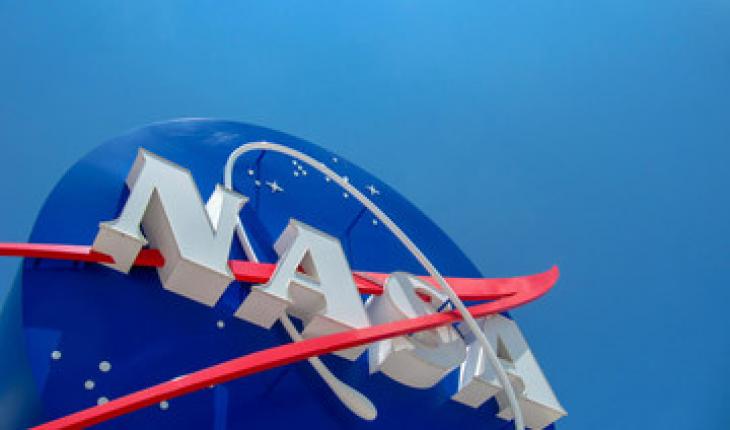
By Publisher Ray Carmen :
Could the next great treasure be found not in dusty maps… but in photographs taken from Earth’s orbit?
In a tale that feels ripped straight from a Hollywood blockbuster, a legendary NASA astronaut may have kickstarted one of the greatest treasure hunts of our time—charting potential shipwreck sites from space and handing them off to a close friend before he died.
Welcome to the extraordinary story of Gordon Cooper, space pioneer turned unexpected cosmic cartographer, and the man now following his map: explorer and treasure hunter Darrell Miklos.
The Man Who Mapped the Sea from Space
In 1963, Gordon Cooper rocketed into history aboard the Mercury-Atlas 9 mission. Tasked with snapping thousands of photographs of Earth’s surface, Cooper’s mission wasn’t just about space travel—it was also about Cold War reconnaissance, as he searched for potential missile sites across the globe.
But as he drifted above the Caribbean Sea, Cooper began noticing something else.
“He spotted hundreds of strange dark patches in the water—far from any known reefs or islands,” said Miklos, Cooper’s longtime friend. “He believed they could be sunken ships, maybe even treasure-laden wrecks.”
Back on Earth, Cooper meticulously cross-referenced his photographs with old Spanish shipping routes, historical maritime records, and colonial charts. His conclusion? Many of these anomalies were undocumented shipwrecks—possibly filled with gold, silver, or priceless artifacts lost to time.
He kept this discovery secret for decades.
The Hidden Map and the Inheritance of a Dream
Before he passed away in 2004, Cooper handed a hand-drawn, space-informed treasure map to Darrell Miklos, a professional diver and shipwreck hunter. The mission? Finish what he started.
Miklos has since launched a series of deep-sea expeditions, using Cooper’s coordinates alongside advanced underwater tech:
-
Magnetometers to detect buried metals
-
ROVs (Remotely Operated Vehicles) for deep dives
-
Historical recon teams to verify ship records and cargo manifests
And so far?
“We’re five for five,” Miklos said. “Every location we’ve investigated based on Gordon’s maps has led to something—a shipwreck, a debris field, or clear signs of historical wreckage.”
TV Gold: Cooper’s Treasure Series
This high-stakes hunt is now a hit docu-series called Cooper’s Treasure, aired by Discovery Channel, with viewers hooked by the mix of NASA history, deep-sea adventure, and the real possibility of sunken fortune.
Each episode uncovers more from Cooper’s map, more wreckage, and more clues—fueled by Cooper’s unshakable belief that the greatest treasures are just waiting to be found… if you know where to look.
Why It Matters: The Modern Face of Exploration
This isn’t just about finding gold doubloons or emerald crosses—it’s about:
-
Preserving maritime history
-
Pioneering space-to-sea archaeology
-
Redefining what it means to explore in the 21st century
It’s a reminder that even in our digital age, real adventures still exist. And sometimes… they begin in orbit.
Want to Dive In?
Want to follow the treasure hunt in real-time?
Search #CoopersTreasure on social media
Watch the series on Discovery+
Or join the discussion on underwater heritage and exploration—because history isn’t just in museums… it’s still out there, waiting to be found.




